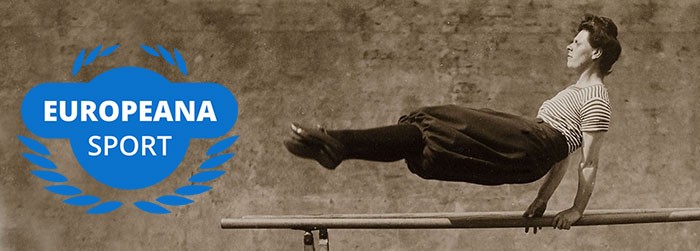How a ski jump symbolises Lithuanian sport and tourist history
Zarasai is a city in northeastern Lithuania. In this blog, Kęstas Vasilevskis of the Zarasai Regional Museum introduces the history of a ski-jump built in the 1930s and its role in the region's sport and tourist heritage.
For three years during World War I, Zarasai was just behind the German frontline. After that war and the 1918–1920 Lithuanian Wars of Independence, the city - which between 1918 and 1929 was officially known as Ežerėnai - was devastated and struggled to recover.
Witness to history
The constant requisitions of resources, artillery barrages, wounded and dead soldiers had been part of daily life during World War I. When that war ended, the struggle was not over.
In 1919, the Bolsheviks came and were later pushed out, and Poland occupied part of the region, including the Vilnius to Saint Petersburg railway which was a vital line for communication and industry. The situation in Zarasai was very difficult, with an absence of fertile soil, and minimal existing industry also playing a part.
Natural beauty
The natural beauty of the region’s nature - lakes, woods and hills - were very well-known to Lithuanians.
Many notable Lithuanians have memories of visiting the region to spend their holidays. In magazines from the inter-war period, many articles glorify the region’s beauty, referring to it as a 'Lithuanian Switzerland'.
Tourist attraction
In the early 1930s, the region's authorities decided to develop Zarasai to make it more attractive for tourists.
In 1932, Zarasai received an 'official resort area' status allowing new development to begin. One of the municipality’s first decisions was to encourage building of villas around the nearby lake Zarasaitis.
That same year, the local newspaper Zarasų Kraštas published the municipality’s announcement, which stated that the municipality would cheaply rent the lands around the lake. In exchange, the renter would be obliged to build a villa there and provide accommodation services.
An open air pool in lake Zarasaitis was a project of that era, which still survives today, enjoyed by locals and tourists. It has since been upgraded with a diving tower. Today, it is the only example of tourist infrastructure from the 1930s that can still be used and enjoyed.
In 1937, the municipality finished building a villa, Užuovėja, which was an official winter sport station. During the 1930s, three villas were built but, unfortunately only Užuovėja survived World War II. After the war, it was turned into a two-storey wooden apartment building where people continue to live today.
Ski jump
The Zarasai ski jump tower was the municipality’s grand tourism infrastructure project. It was unique, the first such construction in Lithuania.
The tower was completed in 1937, reaching 40 metres in height.
It was built on a hill which locals know as The Scouts’ Hill. It got this name in 1935, when local scouts planted a lot of trees on the hilltop and built a carved stone to commemorate the scouting movement.
Not long after the grand opening, in 1938, the first major competitions were held there - the SELL Winter Olympics. SELL is a Lithuanian abbreviation for the participants who came from Finland, Estonia, Latvia and Lithuania.
Unfortunately, the tower was not built very well. When a Swedish ski jumper died in an accident, an investigation found major construction spoilage was found. The tower was closed down for ski-jumping, but people still would climb it as an observation tower.
During World War II, the hill was a Wehrmacht position, with trenches nearby the tower dug by the soldiers of Nazi Germany to fortify their position.
From the tower’s height, they could see the surroundings and the Red Army’s positions. In 1944, the soldiers blew up the tower. Allegedly, they did that because the high ski jump tower was an orientation point for the Red Army artillery.
Share your sport story
Can you help us to tell the story of sport in Europe in the past and the present?
We invite you to tell us about your sport experiences through objects like photographs, memorabilia, equipment or prizes.

